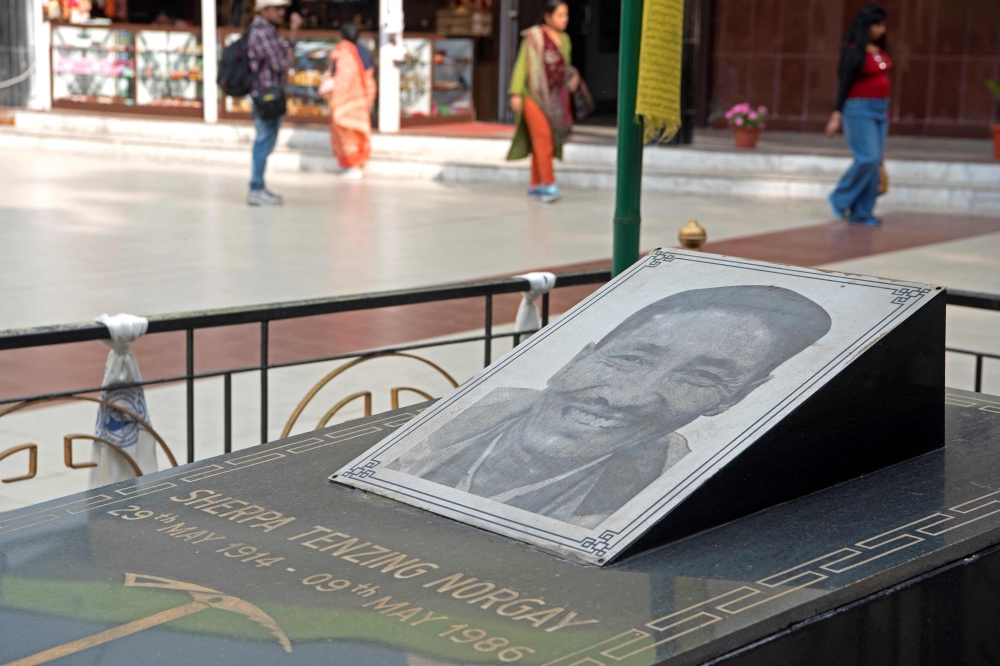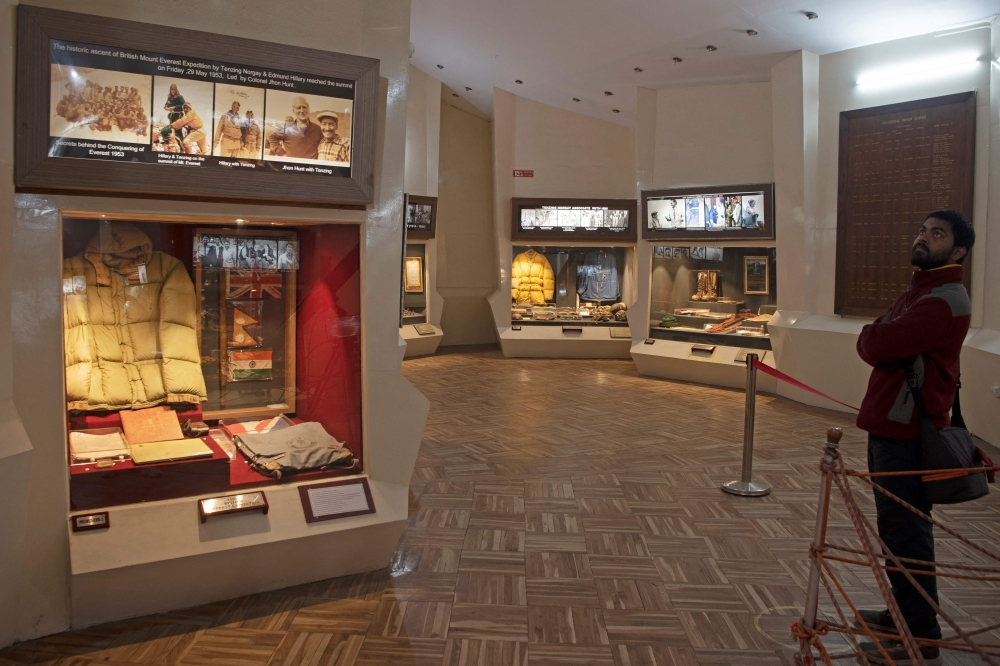KHUMJUNG (Nepal), May 28 — When Edmund Hillary and Tenzing Norgay Sherpa first climbed Everest 70 years ago, they paved the way for thousands of foreign climbers to try to follow in their footsteps.
The eight-day trek to the Everest base camp is among the most popular multi-day hikes in Nepal, with tens of thousands of tourists making the journey every year.
What were small agrarian villages when the British expedition passed through in 1953 have since been transformed into tourist hubs with hotels, tea houses and equipment shops, boosting the livelihoods of local communities.
In many homes, three generations have found employment in mountaineering — a far more lucrative occupation than farming or yak-herding.
The work is hazardous by definition, but in a climbing season of about three months, an experienced guide can make up to US$10,000 — several times the country’s average annual income.
And other Sherpas and Himalayan community members have opened restaurants and guesthouses that line Everest’s money trail.
Veteran mountain guide Phurba Tashi Sherpa was born and raised in Khumjung, a village about 10 kilometres (6.2 miles) from base camp.
He grew up watching his father and uncles go to the mountains for work, and soon joined them on expeditions, eventually climbing Everest 21 times before he retired.
“There would be just a few expeditions before but now there are so many every year,” he said.
“That means an increase in income. It has helped improve the lifestyle here. A lot has changed.”
Since the first British teams set their sights on summiting Everest in the 1920s, Nepali climbers — mostly from the Sherpa ethnic group — have been by their side.

“Sherpa” became synonymous with high-altitude guiding as they became the backbone of the multimillion-dollar industry, bearing huge risks to carry equipment and food, fix ropes and repair ladders.
Now local expedition groups — instead of playing second fiddle to foreign climbing agencies — bring the bulk of paying clients into Nepal.
And a younger generation of Nepali climbers is slowly being recognised in their own right.
Renowned Italian climber Reinhold Messner told AFP in a 2021 interview that it was a well-deserved climb up the ladder.
“It is an evolution,” he said. “And this is also important for the future economy of the country.”
‘Gift of the mountains’
The first ascent of Everest brought Nepal to the world’s attention and its mountains have since captivated adventurers and tourists alike.
That has played a crucial role for Nepal’s branding as a destination, according to tourism writer Lisa Choegyal.
“Through Covid and earthquakes and all the other setbacks, the insurgency even, that Nepal has suffered over the decades, mountaineering has really endured,” she said.
The Khumbu region welcomes more than 50,000 trekkers a year.
“It is a gift of the mountains and we have to thank the first summit for opening this region to tourism,” said Mingma Chhiri Sherpa, chairman of the local municipality.
“Education and modern amenities have come here because of it.”
Driven to help the community he worked with, Hillary funded the region’s first school in Khumjung and is said to have hauled timber himself to help build it.
One of its first students, Ang Tsering Sherpa, now owns an expedition company.
“It is because of mountaineering that the young Sherpas today have higher education,” he said. “It has brought a wave of economic prosperity.”
More than 10 per cent of Nepalis are employed in tourism and the government this year collected over US$5 million in Everest permit fees alone as a record number of summit hopefuls arrived.

Tenzing Chogyal Sherpa, 30, whose grandfather Kancha Sherpa was part of the 1953 expedition, is a glaciologist and said that education had opened up options for Sherpa youths.
“A Sherpa can now be a doctor, engineer or a businessman, anything they want to be. That is very good,” he said.
“And if they want to be a mountaineer, they can.” — AFP






















